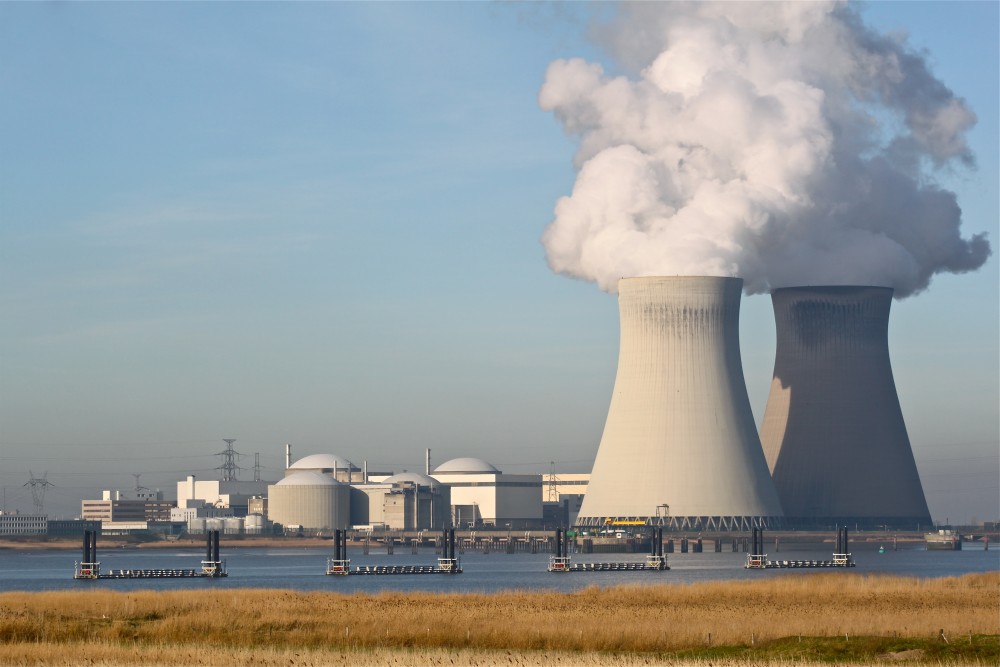
Researchers from Lawrence Livermore and Los Alamos national laboratories recently successfully conducted a critical experiment using plutonium in order to enhance nuclear safety.
The test was the first successfully conducted critical experiment designed by Livermore Lawrence National Laboratory (LLNL) in 40 years. It took five years of planning, calculations and preparatory experiments.
The data from this experiment, which measures how likely nuclear reactions are to occur in the given material, can be used to set radiation transport codes to set safety limits for nuclear operations. The researchers aimed to reach criticality, the point at which a material can sustain a nuclear reaction.
“We were right at critical, and we kept it together for an hour,” Catherine Percher, a nuclear engineer at LLNL who is leading the experimental series, said. “It was amazing to see the constant, slow increase in the neutron population. If we had too much mass, we would have to correct for that in our models. But we achieved a near-perfect benchmark.”
Researchers have measured many critical configurations over the last 70 years, but the nuclear criticality safety community only considers a few “benchmark quality,” meaning that codes can be judged against them.
The research team took a second configuration critical two days after the first and plans to take a total of 10 configurations critical by the end of March 2018. The researchers will then publish the nuclear data they gather in open literature.




